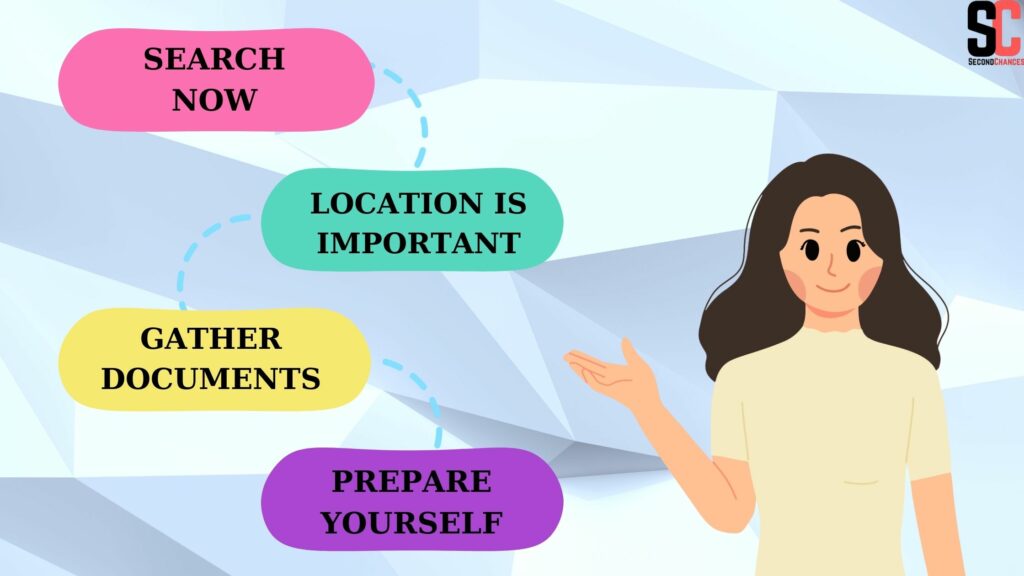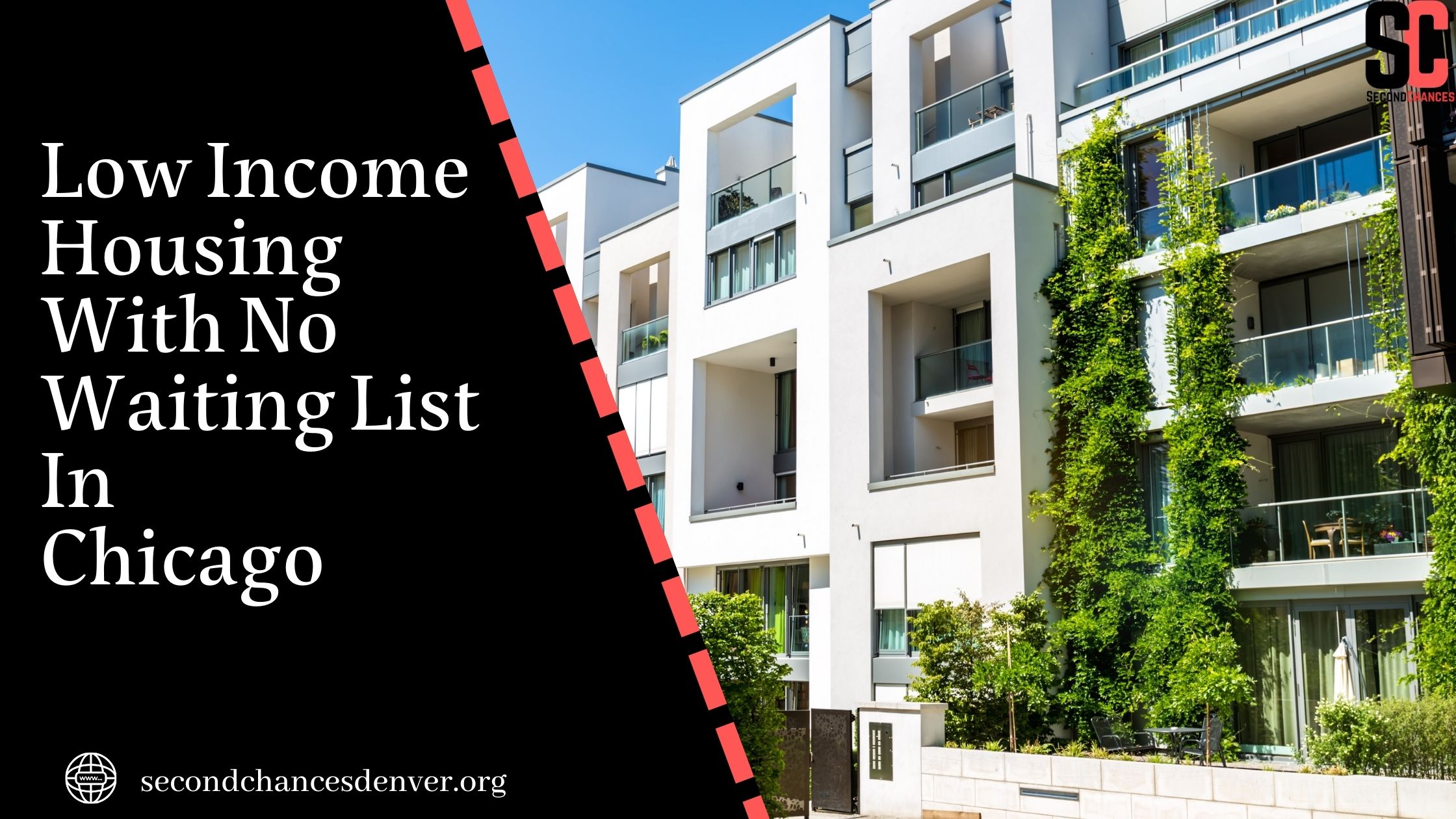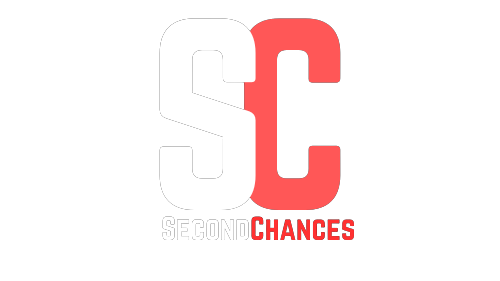Are you want to find Low Income Housing With No Waiting List In Chicago? You’re at the right place.
In Chicago, do you need help finding affordable housing? You can’t afford to wait on the waiting list if you have limited income. There are several affordable housing options available with no waiting list. Explore these options to see if they can provide you with the financial assistance that you need.
The given article will provide you all the information regarding Low Income Housing With No Waiting List In Chicago, eligibility criteria, application process and much more.
So, without further delay, let’s get started.
Table of Contents
Explore Chicago
Chicago is the largest city in the United States, located on Lake Michigan in Illinois. The City’s skyline is dotted with skyscrapers such as the iconic John Hancock Center, 1,451-foot Tribune Tower (formerly the Sears Tower), and the iconic Sears Tower (formerly the Sears Tower). It’s famous for its jaw-dropping architecture, vibrant music scene, amazing food, and iconic neighborhoods, like deep-dish pizza.
What is low Income Housing?
The purpose of low-income housing is to provide housing for individuals and families who have limited financial resources and are struggling to afford rental housing in the private rental market. A government or non-profit organization typically subsidizes this type of housing to make it affordable for those with low incomes. The housing authority manages public housing units that offer affordable rent to low-income families. An income-based pricing system is used for these units.
How To Find Low Income Housing With No Waiting List In Chicago?

Before we go through the low-income housing programs, we need to know how to find these low-income housing with no waiting list in Chicago.
Search Now
The sooner you start your search, the more likely it is that you will find a unit that is perfect for you.
Location is Important
The only way to find low-income housing without a waiting list is to move to another neighborhood or City.
Gather Documents
Housing programs for low-income families require applicants to demonstrate their income, assets, and household composition. Documents such as birth certificates, tax returns, pay stubs, and bank statements can be used.
Prepare Yourself
Upon finding a low-income housing unit that meets your needs, be prepared to apply quickly. A limited number of low-income housing programs are available, and they can fill up quickly.
Top Programs For Low Income Housing With No Waiting List In Chicago
Here are some programs for Low Income Housing With No Waiting List In Chicago.
PHA Vouchers
Families with low incomes, seniors, and disabled individuals can get good, safe, and sanitary housing through the housing choice voucher program, which is the federal government’s major housing assistance program. As housing assistance is provided on behalf of the family or individual, participants can choose what type of housing they want, including single-family homes, townhouses, and apartments. There is no restriction on which housing the participant may choose as long as it meets the requirements of the program. The public housing agencies (PHAs) administer the housing choice vouchers on a local level. It is the responsibility of the Public Housing Authorities to receive federal funds from the HUD for the administration of the voucher program. It is possible that this unit includes the current residence of the family. PHA-determined health and safety standards must be met by rental units.
Low-Income Housing Tax Credits
The LIHTC is a public-private partnership in which investors provide equity for low-income rental properties over several decades in exchange for a federal tax credit. In the United States, the LIHTC is the most important resource for building affordable housing. In the absence of equity, affordable rental housing projects cannot generate sufficient funds to work financially. Depending on Chicago’s population, the City receives a limited number of housing tax credits each year.
Project-Based Section 8
As part of its Project Based Voucher (PBV) program, the Chicago Housing Authority (CHA) aims to increase high-quality and affordable housing opportunities in Chicago’s revitalized neighborhoods. To support a healthy lifestyle and economic opportunity, CHA partners with developers and property owners to create affordable rental housing.
Chicago’s citizens can access PBVs through a competitive application process for Board-approved developments. CHA creates long-term housing opportunities in residential properties with contracts ranging from 15 to 30 years. To qualify for the PBV program, you must construct a new building or substantially renovate an existing multi-unit building.
Eligibility Criteria For Low Income Housing With No Waiting List In Chicago
To determine your eligibility for Low Income Housing With No Waiting List In Chicago, follow these steps:
Income Eligibility
The poverty line in your state is at or below what you make. Your family is considered low-income if its income is less than 30 percent of the average income. The income you bring in is still considered low if only 50 percent of it comes from you, and you are still considered very low income if it comes from 80 percent.
Age Eligibility
Section 8 housing may be available to you if you’re over a certain age and don’t earn enough. Seniors who have a fixed income may be able to meet these requirements.
Disability Eligibility
A person who is unable to work due to a disability is eligible for assistance, even if they are the head of the household.
Required Documents for Low Income Housing With No Waiting List In Chicago
HUD must verify your income after determining that you qualify for low-income housing. You can use the following documents to prove your income:
- Recent pay stubs
- Invoices
- IRS tax returns
Providing a rental history, passing a criminal background check, and providing proof that you are a citizen or legal resident of the United States may also be required.
How To Apply For Low Income Housing With No Waiting List In Chicago?
To apply for Low Income Housing With No Waiting List In Chicago, you must follow these steps:
Locate low Income Housing
To find out where your local Public Housing Authority (PHA) is located, you can use online resources like HUD’s Resource Locator.
Gather the Necessary Documents
In addition to proof of income and citizenship, you will need to provide proof of identity as well. Ensure that you have all your information printed out and easily accessible.
Complete the Application
It is possible to fill out most applications online or in person. Reach out to your local housing authority if you have any questions while completing your application.
Send your Application
Submit your application before the deadline. Before clicking “submit,” make sure all sections of the application are filled out.
Housing Authorities For Low Income Housing With No Waiting List In Chicago
Below, we’ve provided some Housing authorities who work in Chicago:
| Housing Authority | Address | Phone No | Map |
| Illinois State Housing Authority | 401 North Michigan Avenue, Chicago, IL 60611 | (312) 836-5200 | Get Directions |
| Chicago Housing Authority | 3250 South Wentworth Avenue, Chicago, IL 60616 | (312) 742-8500 | Get Directions |
| Cook County Housing Authority | 175 West Jackson Boulevard, Chicago, IL 60606 | (312) 663-5447 | Get Directions |
| Chicago Heights Housing Authority | 1704 East End Avenue, Chicago Heights, IL 60411 | (217) 373-8216 | Get Directions |
| North Chicago Housing Authority | 1440 Jackson Street, North Chicago, IL 60064 | (847) 785-4300 | Get Directions |
Benefits of Low Income Housing With No Waiting List In Chicago
There are several benefits to living in low-income housing without a waiting list in Chicago. The following are a few examples:
Budget Friendly
The cost of low-income housing is typically lower than the cost of market-rate housing. People with low incomes and their families can benefit greatly from this.
Reliability
For people who may be experiencing homelessness or who are at risk of becoming homeless, low-income housing can provide a stable place to live. Individuals can benefit from this as it can help them get back on their feet and improve their overall quality of life.
Easy Access
The majority of low-income housing is located near essential services, such as grocery stores, schools, and public transportation. The residents will have access to the resources they need as a result.
Social Community
Housing communities for low-income families can help residents feel more connected and supportive. An area newcomer or someone who feels isolated may benefit most from this.
Mind Peace
It can be a source of peace of mind to know that you have an affordable and safe place to live so that you can focus on other areas of your life, such as your education and career.
Future Improvements
The benefits of low-income housing include saving money and building a better future for your family. The benefits of living in low-income housing without a waiting list for low-income individuals or families cannot be overstated. A rental property can provide you with a safe, affordable, and stable place to live, among other things.
FAQ
What does my income need to be to qualify for Low Income Housing With No Waiting List In Chicago?
A household’s income limit depends on where it lives and how many people live there. You can find out the income limits in your area by visiting the HUD website.
Where can I find low-income housing?
The first step is to contact your local housing authority or a non-profit organization that provides housing assistance. They can inform you about low-income housing programs and how to apply. There are also websites that allow you to search for subsidized apartment complexes in your area, such as Affordable Housing Online and HUD’s Resource Locator. This affordable housing guide is a great resource.
How do I qualify for low-income housing in Illinois?
If you want to live in low-income housing with no waiting list in Illinois, you will need to meet certain income requirements. Housing and Urban Development (HUD) requires you to earn less than a certain amount. There may also be other requirements, such as employment, a good rental history, and citizenship.
How long is Chicago housing waitlist?
There are more than 200,000 families on the Chicago Housing Authority’s waiting list as of the Fiscal Year 2023 Report. Public housing wait times range from six months to 25 years, depending on the development and unit size.
Which state has the shortest waiting list for Section 8?
States with the shortest waiting lists for Section 8 do not exist. In some states, waitlists are shorter than in others, however. In Illinois, there was an 18-month waitlist for Section 8 as of October 2020. Section 8 waiting lists in California were over five years long.
Conclusion
For low-income families and individuals struggling to find affordable housing, Low Income Housing With No Waiting List In Chicago can be a lifeline. Besides providing a safe and stable home, it can also provide peace of mind and better prospects for the future. Several things can be done to increase your chances of finding housing without a waiting list if you are a low-income individual or family. Prepare your documentation early, be flexible with your location, and be ready to take action quickly. As an alternative to low-cost housing with no waiting list, you might consider renting a room in a shared house, living with friends or family members, or seeking financial assistance.


